
The above image compares data for the same strip of detector 1 for four different data sets: 80 MeV 14C beam on carbon target; 40 MeV beam on carbon; 40 MeV beam on gold; 80 MeV beam on gold. There are some features that clearly scale by approximately a factor of 2 as the beam energy increases, but it's not clear what those features are! Also there is a feature that seems to be in approximately the same location in all runs. I was initially trying to identify it as one of the expected elastic scattering loci, but now I'm wondering whether it isn't just an artefact of the ... amplifiers? pre-amps? since det 1 wasn't using the splitter boards, we can't blame those.
(The other thing that's obvious is the odd shapes of the loci: things that should be straight lines are either graceful curves or squiggles. No theories on that yet.)
Test: select two groups in det 1 and see where the corresponding events are in the quad. --> need to use run 105 for this test, because the 40 MeV C runs may have v. low energy coincidences in the quad, and the gold runs will have no coincidences at all.
Hypothesis: The upper group (the one that looks about the same in all runs) will correspond to noise or bad events in the quad, and the lower group will correspond to good coincidences.
...is there a way to eliminate bad quad events entirely? Could do a quick comparison: the current results (with the requirement that "good strips in det 1" greater than 0 and "good strips in quad" greater than 0), vs. the same data sorted requiring exactly one good strip in det 1 and exactly 1 in the quad. That way would miss some good events that also had noise, but *should* eliminate the bad events. Let's see. ...actually the opposite seems to happen: run 105 sorting with quad greater than 0 has more coincidences than sorting with quad = 1.
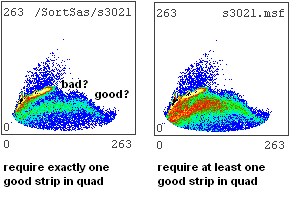
The figure compares the same data (strip 5 of det 1) with two different conditions: at least one hit in the quad vs exactly one hit in the quad. The colour scale is the same for both trials. The locus labelled "good" is what I think might be the real elastic scattering events. weird.
Try a different way of making the coincidence requirement: require exactly one good event in det 1 (both ends of strip fire), and exactly one very-good event in det 4, since it will get half of the real coincidences and most of the identifiable ones (both ends of strip fire and the complementary channel in det 3 doesn't fire).
The results are astonishing.
det 1 80 MeV carbon (run 105)
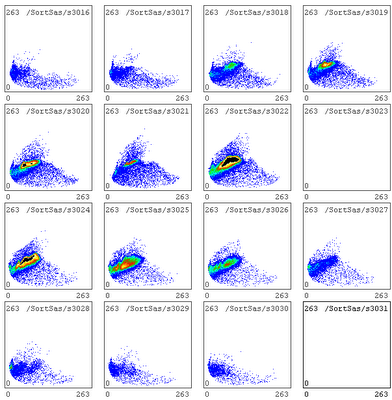
det 4 80 MeV carbon (run 105)
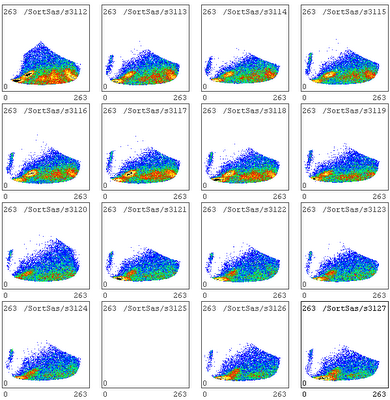
det 1 40 MeV carbon (run 106)
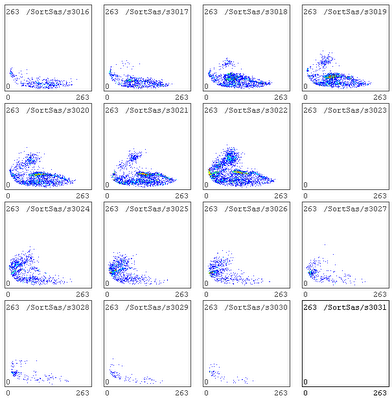
det 4 40 MeV carbon (run 106)
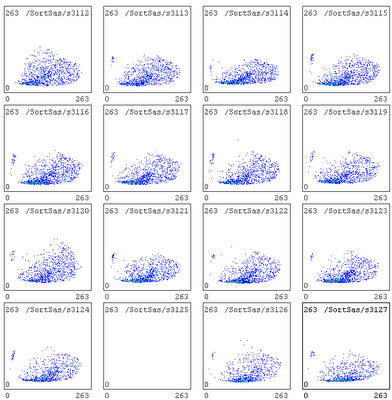
--What I was tentatively identifying as the "good" events have no real coincidences, while the "bad" events mostly do have coincidences. weird.
So now. Trying again to calibrate det 1.....
No comments:
Post a Comment